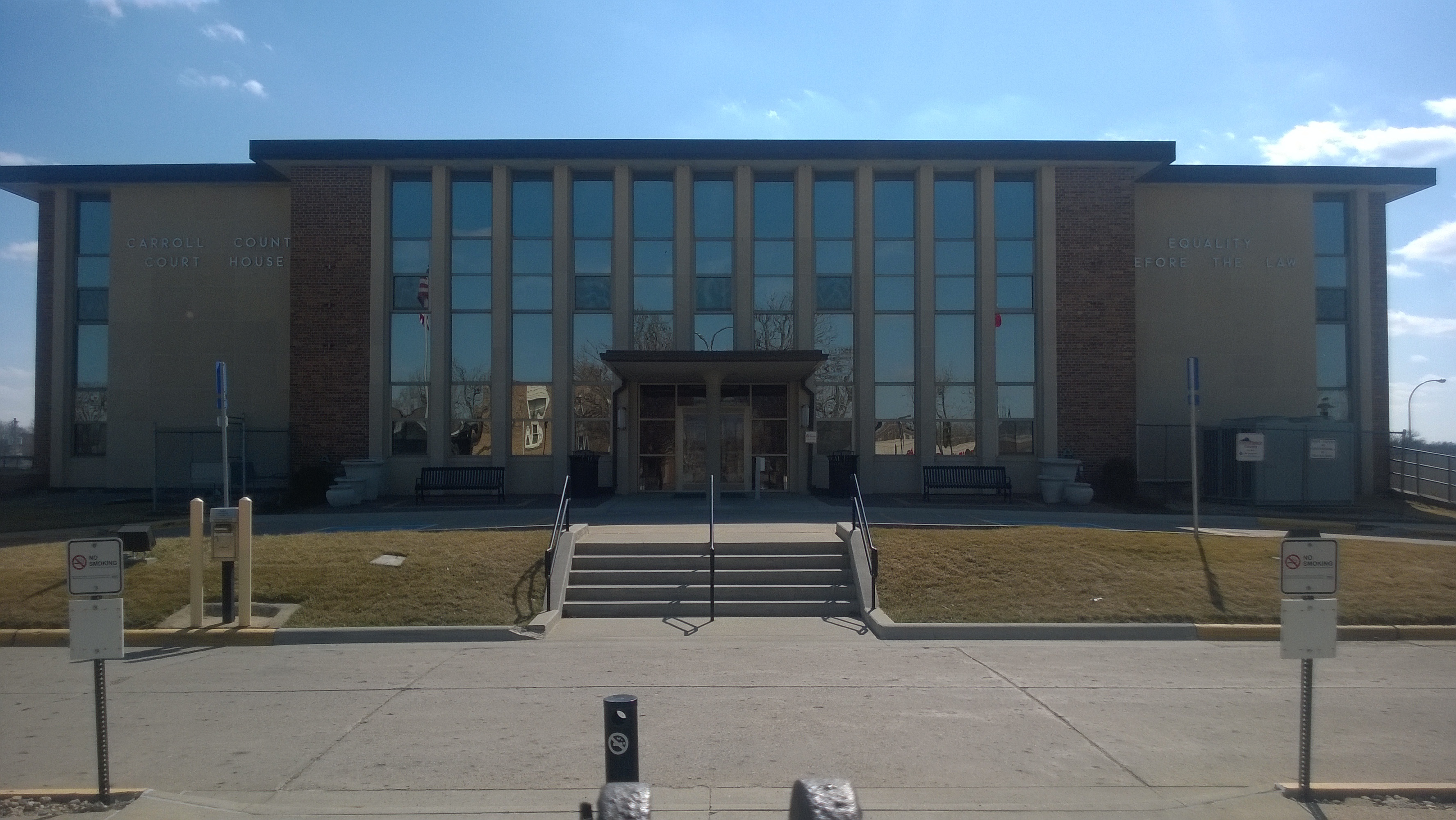Since the founding of our communities, organizations, businesses and citizens have stepped forward to build and serve their community. Click on any of the logos below to learn about those who made this website possible! If you would like to learn about becoming a sponsor CLICK HERE!

- County: Carroll County, IA
- Region: Southwest IA
- Sponsors
- About Glidden, IA
- Businesses
- Community Organizations
- Faith Organizations
- Festivals and Events
- Points of Interest
- Veterans
- Visit Facebook Page
- Visit Website
Learn how to Contribute to any of the above categories.
No news yet. Got some news? Hit that NEW POST button!
About Glidden, IA
The first settler of Glidden and Carroll County was Enos Buttrick in the late 1840’s. By 1867, the development and early importance of Glidden was due to the railroad stop of the Chicago and Northwestern's line from Clinton to Council Bluffs. This 354 mile line was opened in 1867, the same year the original town plat of Glidden was completed. Glidden was named in honor of one of the Northwestern Railroad directors, Joseph Farwell Glidden (1813-1906.) Director Glidden was also credited with inventing barbed wire in 1873. The railroad was interested in the expansion of this area; and, in 1868, a depot was built and a station fixed at Glidden. The first building to be erected after the railroad station was complete was a general store built by A. B. Wattles. That same year a post office, fire station and a two-story frame school were constructed.
By 1870 Glidden had eight brick businesses housed on its main street and the population had reached 177. Over the next 20 years it would grow to 532. Among Glidden's first businesses were John Waldron’s jewelry & gunsmith, George Ferguson’s hardware & implement business, an elevator, W.F. Waldron's blacksmith & wagon shop, George Eaton furniture & undertaking business, and a creamery. Liquid lightening inspired some folks and could be purchased from Frank Chandler's "blind pig," which was just up the alley in the vicinity of where the library stands today.
On October 2, 1873, the village of Glidden was incorporated and J.O. Havens served as the first mayor. The first newspaper was the “Express” and was established by Ed Tabor in 1877. The first bank was also opened in 1877 by George Stafford and later became the First National Bank of Glidden.
Businesses of Glidden, IA
The businesses of our towns are truly the lifeblood of each community, click on any businesses below to learn about them, to learn how to add your business to your town and county page CLICK HERE!
Community Organizations of Glidden, IA
Small towns and rural communities throughout the Midwest are looking for ways to strengthen their economies, provide better quality of life, and build on local assets. Here you will find the organizations that stabilize, preserve, and revitalize the small towns and rural areas alike. To submit your organization to be included on your town and county page CLICK HERE!
Events of Glidden, IA
The small towns of the Midwest have long shared pride in their communities through festivals and events! Citizens from each community, working together, continue to offer entertainment options that not only appeal to their citizens, but visitors to their community! Below you will find festivals and events you are sure to want to attend! If you would like to have (DST) include an annual festival or event on your town and county page CLICK HERE!
Faith Organizations of Glidden, IA
Throughout the years faith organizations have not only been an essential part of a town's religious life, but its community life. Below you will find stories about these organizations, If you would like to induct a faith organization to be added to your town and county page CLICK HERE!
Points of Interest of Glidden, IA
The communities of the Midwest have a lifestyle unique to their region — rich in history and points of interest like no other! Below you will find points of interest you are sure to want to visit! To nominate a landmark, historic location, museum, etc. as a point of interest on your county and region page CLICK HERE!
Carroll County, IA
Visit our county page and you will find information about our town and county's points of interest, festivals/events and faith community. You also will learn about the community organizations that have built and continue to build strong communities (chambers, community groups, and departments, etc) and much more when you visit the Carroll County, IA page.
Veterans of Carroll County, IA
Veterans come from many walks of life and whether a veteran has severed two decades ago or two days ago, they have made our freedoms possible. Below you will find stories about many who have served. If you would like to nominate a veteran to be included on your town and county page CLICK HERE!





























